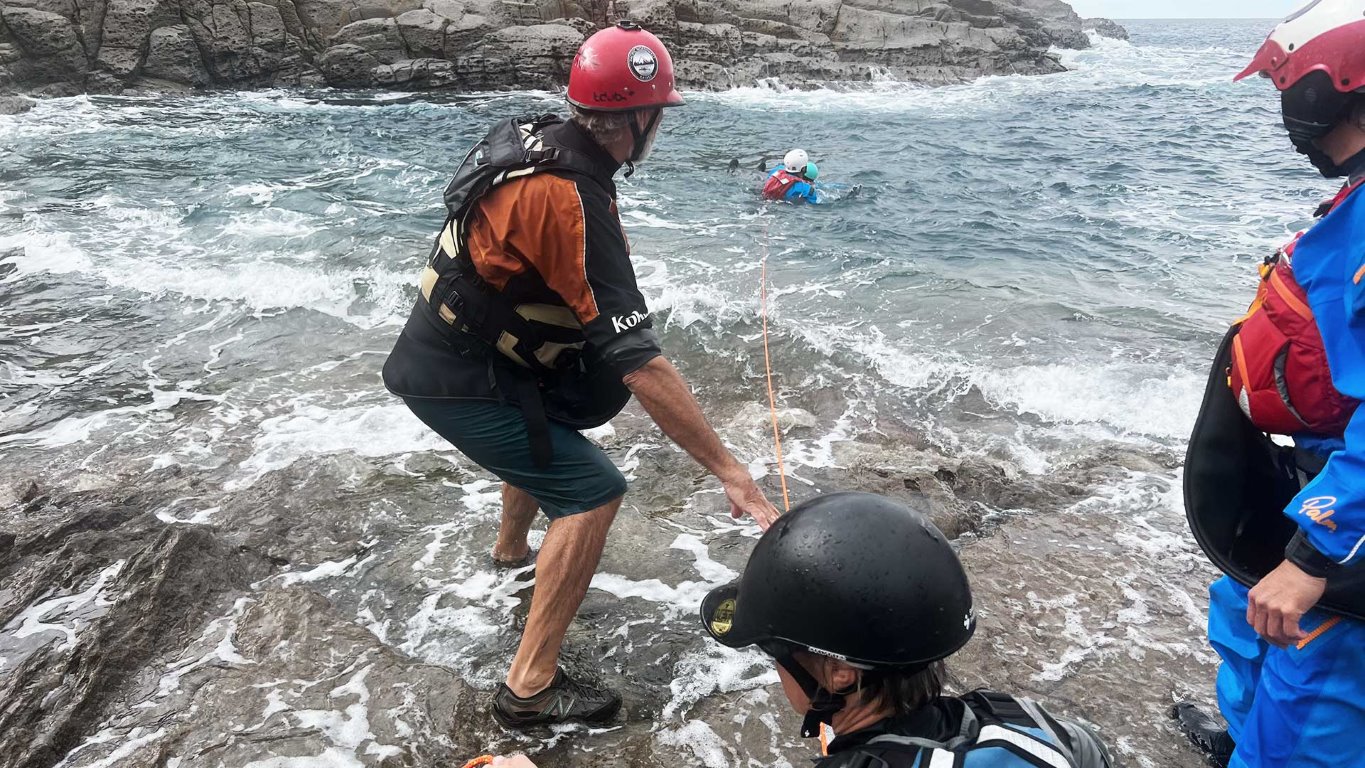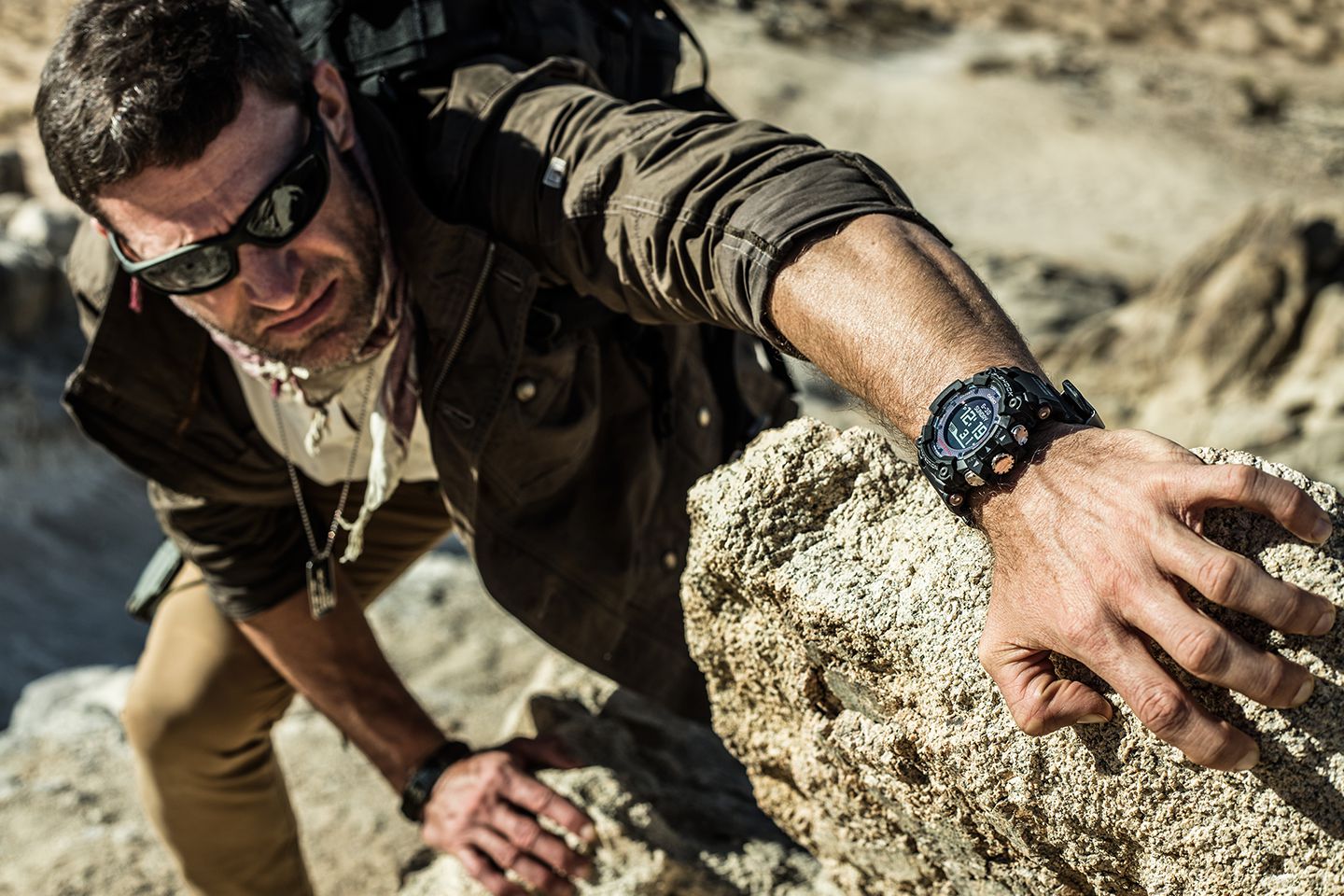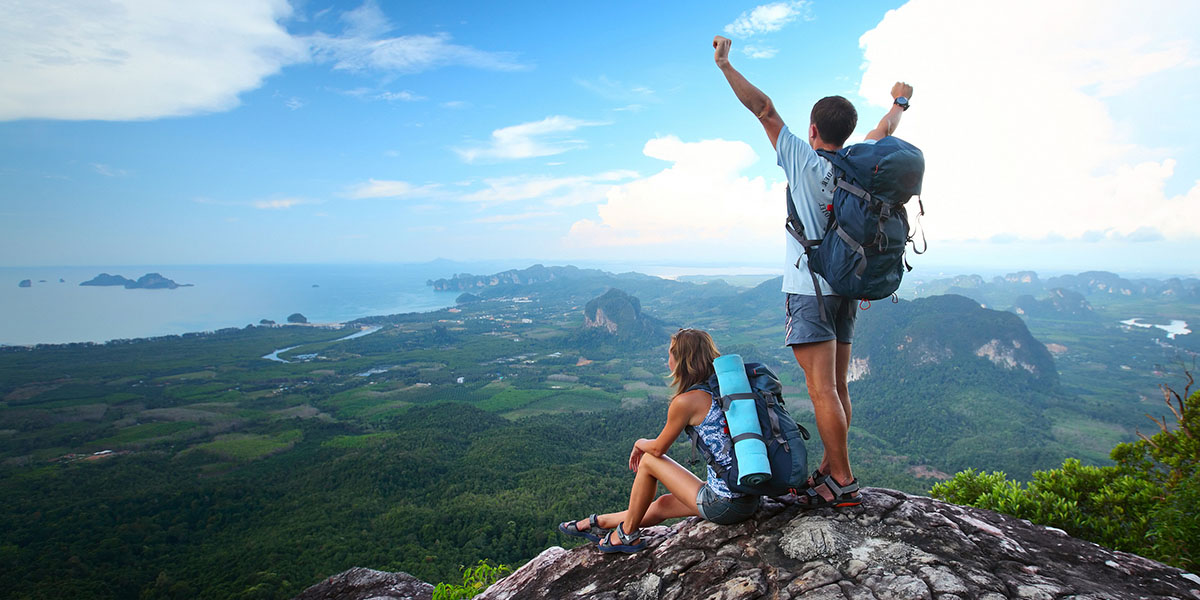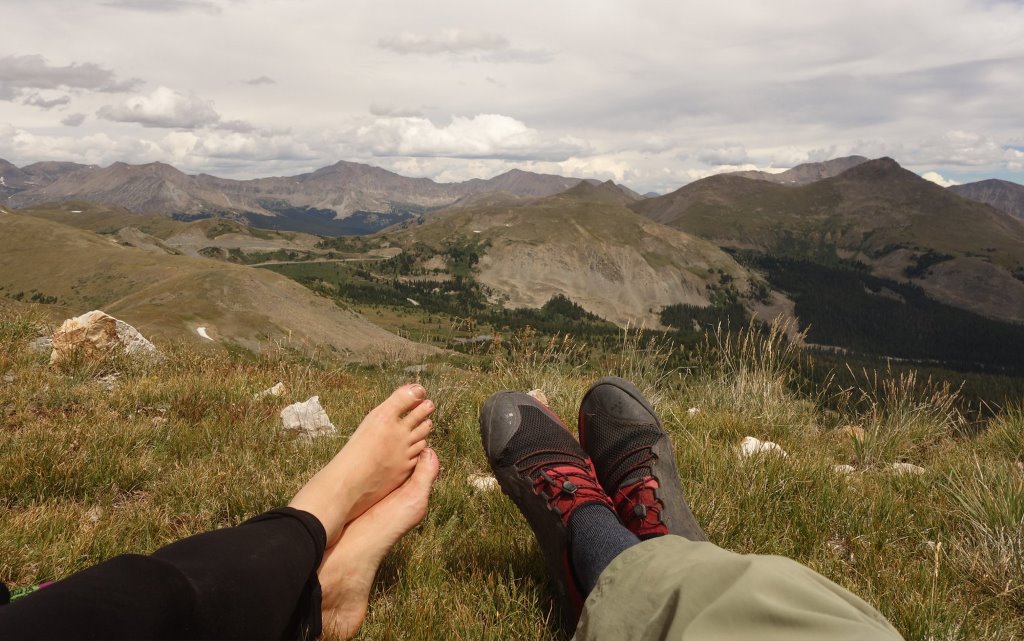Hiking has always stood out as one of the most refreshing low-impact physical activities, and modern research keeps proving just how wide the benefits reach. The movement, the uneven ground, the fresh air, and the changing scenery all come together to improve both physical and mental well-being. People who hike regularly often experience a noticeable drop in anxiety, better circulation, stronger bones, and a long list of perks that go far beyond simply enjoying nature.
But while hiking can feel similar to an ordinary walk, it isn’t the same as strolling on a gym treadmill or a predictable paved path. Out on a trail, nature decides the rules. Weather shifts unexpectedly, surfaces change under your feet, and you may find yourself navigating rocks, roots, steep climbs, or open ridgelines. These unpredictable elements are also what make hiking thrilling and memorable. To help your early trips feel smoother and far more rewarding, here are essential hiking tricks that can elevate your confidence and keep you safer outdoors.
Essential Tricks Every Hiker Should Know
Navigate Off-Trail Using a Compass
Step 1: Adjusting for Declination
Declination refers to the difference between magnetic north—the direction your compass needle naturally points—and true north, which is the orientation used on maps and the actual point of the North Pole. Without adjusting for this difference, your navigation can slowly drift off course. Your map usually shows the declination value along the margin. If your compass has a dial for declination adjustment, simply set it to the listed number. If yours has no built-in adjustment, the rule is simple: subtract east declination from your bearing, and add west declination. A common phrase helps you remember this quickly: “East is least, west is best.” Once you make the adjustment, your compass readings will match the real direction on your map.
Step 2: Orienting the Map
Place the straight edge of your compass along the side of the map so that its true-north direction aligns with the map’s printed north-south grid lines. Slowly rotate the entire map and compass together until the compass needle points to north. Your map is now aligned with the actual landscape, allowing you to read terrain features more accurately and make better decisions on the move.
Step 3: Taking an Accurate Bearing
Imagine your goal is a quiet lakeside clearing a couple of miles off the main path. You can locate it on the map, even if you can’t yet see it in person. Place the edge of your compass base plate so it connects your current position to the lake. Rotate the compass housing until the internal meridian lines match the map’s north-south grid lines, making sure the arrow faces the top of the map and not the bottom—otherwise, you’ll be heading in the opposite direction. Once aligned, check the direction indicated by the travel arrow on your compass. This is the bearing you’ll follow through the terrain to reach your destination.
Step 4: Navigating Around Obstacles
Real landscapes rarely allow you to follow a perfect straight line. Canyons, cliffs, dense brush, or fallen trees may force you to take detours. To keep from drifting off track, sight a recognizable object—such as a distinctive tree or large rock—that lies along the correct direction of travel but beyond the obstacle. Walk to that point using the easiest route available. Once you reach it, sight the next object in line with your original bearing and continue forward. This leapfrogging method lets you bypass obstacles without losing your orientation.
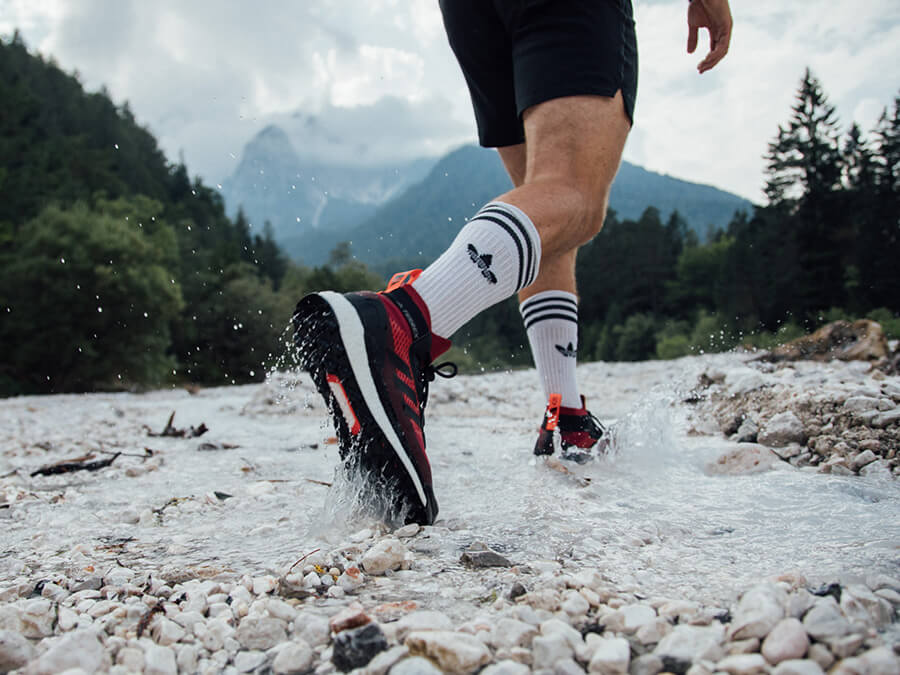
Stay Dry When Rain Hits Hard
Rainstorms can transform an easy hike into an uncomfortable or even dangerous one if you aren’t prepared. The goal is to keep water from sneaking into layers, pooling under clothing, or saturating the fabric closest to your skin. Opening vents and pit zips releases excess heat and prevents sweat buildup. Make sure your baselayer cuffs stay tucked in so rain cannot wick up your sleeves. Keep the hem of your jacket sealed tightly, and pair your hood with a capped hat to protect your face from sideways rain. In areas with wet, overgrown vegetation, wearing rain pants over gaiters helps keep your legs dry. Pay attention to internal moisture, too—if you feel yourself overheating, reduce your layers or slow your pace so you stay dry on the inside as well.
Descend Steep Terrain Without Injury
Downhill hiking can put more strain on your knees than any other movement on the trail, especially when carrying a heavy backpack. To avoid unnecessary stress or injury, focus on alignment. Each time you step down from a ledge or uneven rock, make sure your hip, knee, and foot form one straight line. This reduces the chance of rolling an ankle and helps distribute weight correctly. Keep your downhill knee slightly bent as you shift your weight, allowing your muscles—not the joint—to absorb the impact. When descending large drops, use the “double plant” method: place both trekking poles firmly ahead of the spot where your foot will land, then lower yourself gradually. This technique gives you far more stability and protects your joints over long distances.
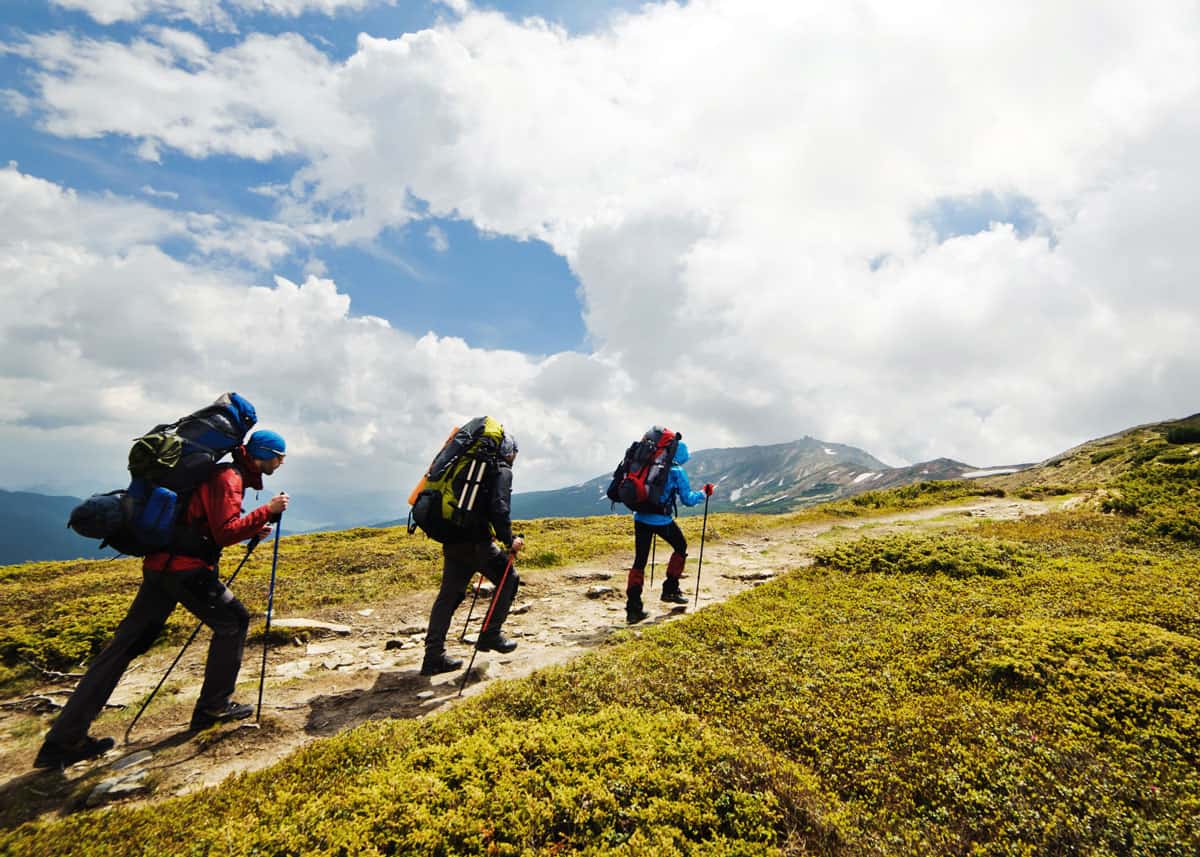
Beat Exhaustion on Steep Climbs
Long ascents are where many hikers slow down, especially at altitude. When steep terrain wears you down, the “rest step” can be a lifesaver. With each stride, briefly lock your downhill knee, shifting your weight onto the bones instead of the muscles. This tiny pause gives your leg muscles a moment to recover. As you continue stepping forward, let your momentum help lift your uphill leg. Coordinate your breathing with your movement: inhale deeply as you step up and exhale as you pause. If you feel short of breath at high elevations, try pressure breathing—exhaling with firm resistance, as though blowing out a candle. This technique helps move oxygen more efficiently into the bloodstream.
Read the Signals of a Rattlesnake
Rattlesnakes communicate their intentions through clear body posture. A coiled snake with its tail lying flat on the ground is generally relaxed, simply observing its surroundings. A coiled posture with the tail raised upright signals that the snake is alert and hunting or searching for prey. If a rattlesnake lifts its rattle, raises its head, and elevates the upper third of its body, it is in a defensive position and ready to strike. In that situation, the safest move is to slowly back away, giving the animal space to retreat.
Predict Weather Changes With an Altimeter
The altimeter built into many watches estimates altitude by detecting air-pressure changes. Lower pressure indicates rising elevation, while higher pressure suggests descending. But air pressure also reflects approaching weather systems. A sudden drop in pressure usually means a storm is moving in, while rising pressure indicates clearing skies. If your altimeter shows an unexpected change—such as reading “uphill” while you’re walking on flat ground—it may be signaling incoming rainfall. That’s your cue to pull out your rain shell and prepare before the weather turns.

Identify Mountain Lion Tracks in the Wild
Mountain lions leave distinctive tracks that differ from dogs and other animals. A cougar’s heel pad has three noticeable lobes along the back edge, whereas a dog’s heel pad has only two. At the front of the paw, one of the cat’s middle toes usually sits slightly forward compared to the others, creating an asymmetrical look. Dogs typically have their toe pads arranged side by side. Claw marks are another giveaway—cats keep their claws retracted, so you generally won’t see claw imprints unless the animal was running or pouncing. Dogs, however, almost always leave claw marks.
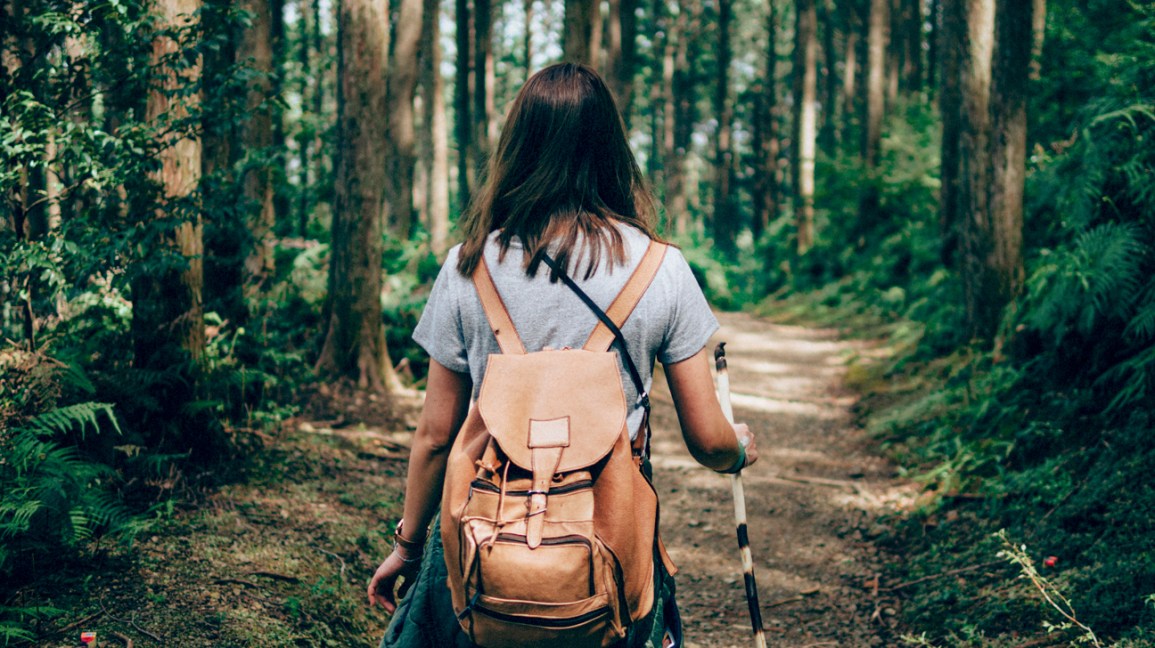
Five Natural Ways to Navigate Without a Compass
-
Sun
Hold an analog watch horizontally and point the hour hand toward the sun. The midpoint between the hour hand and the number twelve gives you the direction of south in the Northern Hemisphere. -
Shadows
Place a stick vertically in the ground and mark the tip of its shadow with a rock. After 10–20 minutes, mark the new shadow tip. The line between the two marks provides an approximate east-west direction. -
Stars
Locate the Big Dipper. Draw an imaginary line through the two stars forming the front of the cup. Extend that line upward until it reaches a medium-bright star—this is Polaris, the North Star, pointing north. -
Moon
Observe the moonrise. If the crescent moon appears before sunset, the illuminated side faces west. If it rises after midnight, the bright edge usually faces east. -
Plants
Some prairie plants, like the compass plant with its large yellow bloom, naturally align their leaves along the north-south line when growing in sunny areas. They can serve as a rough natural indicator.
Lace Your Boots for Maximum Comfort
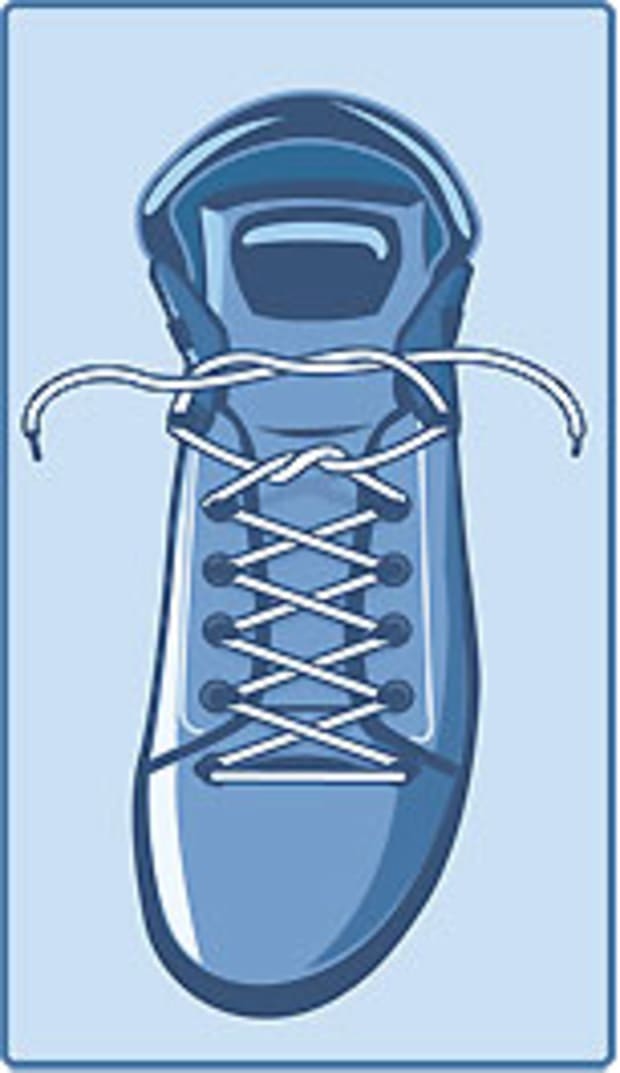
Giving your feet room to adapt is crucial, especially during long hikes when swelling becomes inevitable. This lacing method keeps your heel secure while leaving enough space for your toes to move comfortably. Start by lacing your boots in the usual way without pulling too tightly. Create a locking twist near the ankle with a snug overhand loop, then continue threading the laces through the eyelets. Repeat the locking loop pattern at each pair of eyelets for a consistent fit. If you feel pressure building at the top of the boot during your hike, loosen the upper section by skipping a pair of eyelets to relieve tension.
Take a Perfect Summit Photograph
Capturing a great summit shot requires more than pointing the camera toward the sky. Bright sunlight, snow reflection, and deep shadows often distort faces and flatten backgrounds. Instead of positioning your subject at the very peak, move them slightly below the summit or place them near a dramatic edge with a wide view behind them. Stand above your subject and angle the camera downward so the frame includes the hiker, the landscape, and only a narrow strip of sky. This creates a powerful sense of height and depth. If you insist on a classic silhouette-style sky photo, adjust your camera’s exposure compensation to +1 or +2 stops so the face doesn’t fall into shadow.

